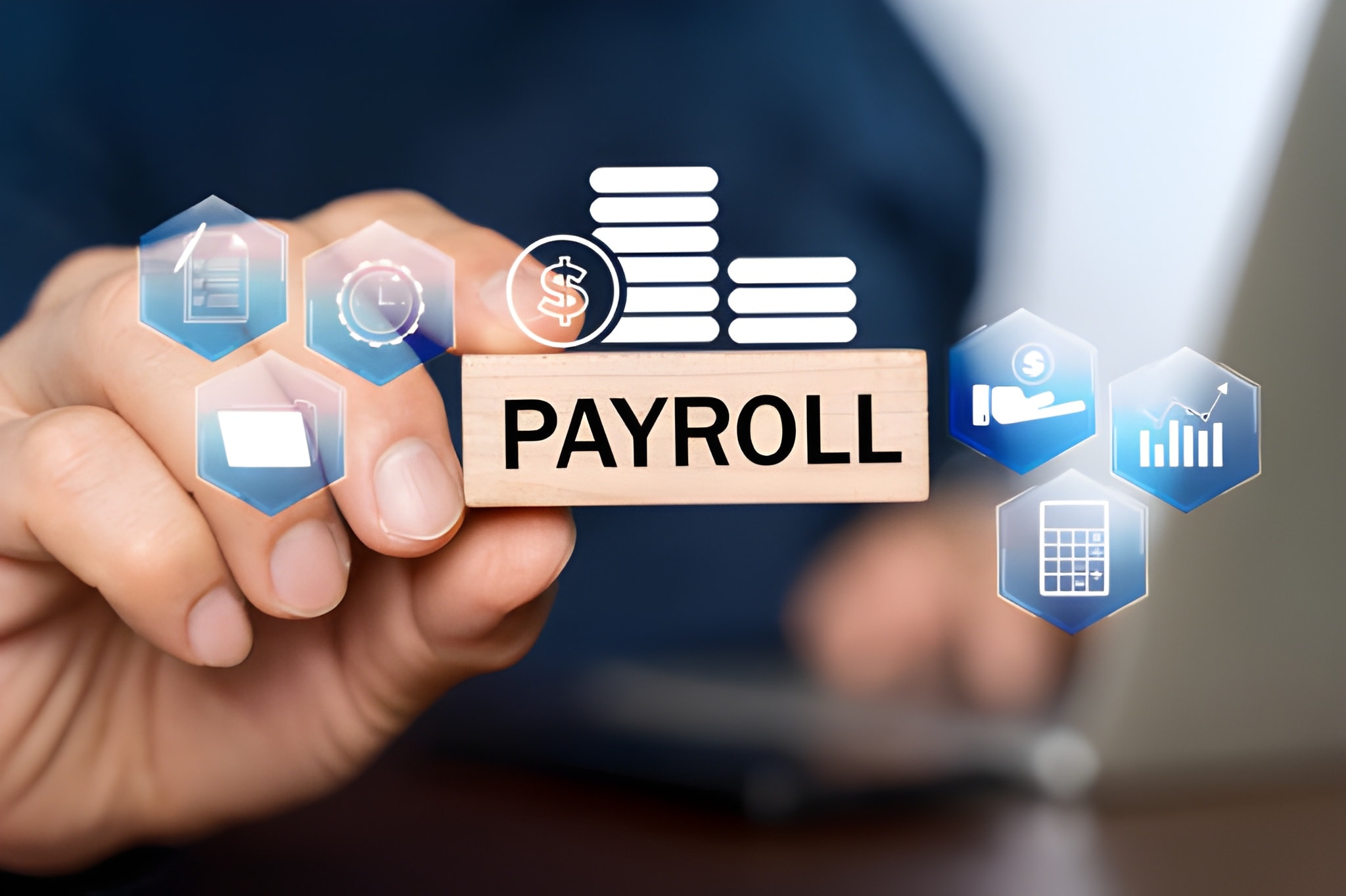Human Resources plays a central role in shaping workplace culture. Beyond policies, compliance, and hiring, HR ensures that employees feel supported and valued in their daily journey. Among all its responsibilities, payroll stands out as one of the most critical.
Payroll is not just a financial transaction; it’s a commitment. Every salary disbursement is a signal to employees that their work matters, their time is respected, and their organization is reliable. When payroll is on time, accurate, and transparent, employees feel respected. When it’s delayed or mishandled, even the most loyal team members start questioning the company’s credibility.
Payroll and Its Role in Employee Trust
For employees, payroll represents stability. Timely and accurate salaries allow them to manage their lives with confidence, whether it’s paying rent, meeting family expenses, or planning for the future.
A well-managed payroll system:
- Reinforces trust between employer and employee.
- Maintains morale, helping employees stay motivated.
- Encourages long-term loyalty by showing reliability.
But when payroll is delayed or riddled with errors, the consequences can be severe:
- Loss of confidence, as repeated delays create doubt about leadership.
- Stress takes over as financial commitments don’t wait for late salaries.
- Decreased productivity caused by low morale.
- Risk of losing talent, as even loyal employees may seek stability elsewhere.
In a nutshell, payroll is one of the most visible expressions of organizational credibility.
Why Do Payroll Delays Happen?
Payroll delays often occur when organizations depend on outdated manual processes. Managing attendance, overtime, deductions, and compliance through spreadsheets or manual entry is not only time-consuming but also leaves room for human error.
The bigger the workforce, the greater the risk. Even a minor mistake or a late approval can stall the entire cycle. What may seem like a small administrative setback can have a significant impact on employees, leading to frustration, disengagement, and even resignation.
Manual Payroll vs. Automated Payroll Management
Manual Payroll
- Relies on spreadsheets, manual attendance sheets, and repetitive data entry.
- Time-intensive and error-prone.
- Dependent on multiple checks and approvals.
- Creates uncertainty around salary disbursement.
- Consumes HR’s time, leaving less focus on people initiatives.
Automated Payroll Management
- Integrates attendance, leave, and overtime directly into payroll.
- Ensures accurate calculations of salaries, taxes, and deductions.
- Guarantees on-time payments without bottlenecks.
- Offers transparency through employee self-service portals.
- Reduces the burden on HR, allowing focus on strategy and growth.
Automation transforms payroll from a stressful, reactive task into a predictable, efficient process that employees can count on.
How Automation Builds Stronger Employee Relationships
Automating payroll is more than a technical upgrade, it’s an investment in trust. When salaries are processed accurately and on time, employees feel secure and confident in the organization, free from the stress of errors or delays. This consistency builds loyalty and keeps people focused on their goals.
Automation adds fairness and transparency by giving employees easy access to payslips, salary histories, and tax details. With clarity in every transaction, misunderstandings are reduced, accountability grows, and trust deepens. What was once just a back-office task becomes a foundation for stronger workplace relationships.
Choosing the Right Payroll Approach
Manual payroll might work for very small teams, but as organizations expand, the chances of delays, calculation errors, and compliance issues rise significantly. Each mistake takes valuable time from HR while also weakening employee confidence in the company’s reliability. Trust, once broken, can be difficult to rebuild, which is why payroll accuracy is so important.
This is where automated payroll management makes a real difference. A solution like FlowHCM ensures salaries are calculated correctly, delivered on time, and fully compliant with regulations. By integrating attendance, leave, and overtime data directly into payroll, it removes the manual bottlenecks that cause errors. Employees also benefit from self-service access to payslips and salary records, adding transparency to the process. The result goes beyond efficiency; it’s about creating a culture of trust, fairness, and long-term commitment.
Payroll as a Promise
Payroll is not just about numbers, it is about honoring a promise. A delayed salary can damage morale, productivity, and even cost an organization its most loyal employees. On the other hand, timely and accurate payroll builds confidence and strengthens relationships.
The solution lies in automation. With systems like the FlowHCM, payroll becomes seamless, error-free, and dependable. By embracing automation, organizations can safeguard employee trust and foster loyalty for the long term.
At the heart of every salary slip lies more than compensation — it carries trust, commitment, and respect.








